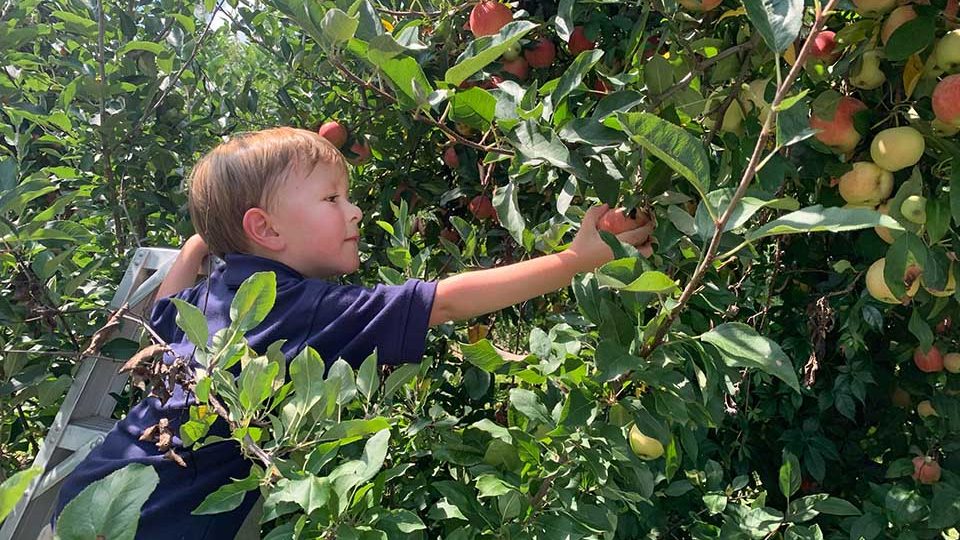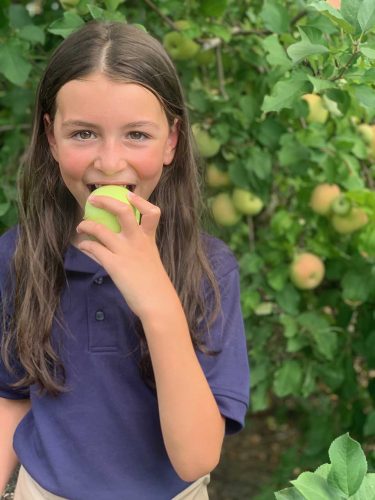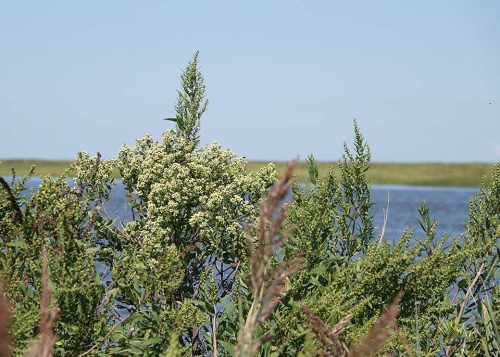Gateway to Autumn
Each season gives way to the march of time. Just as we prepare for the changes, so does nature.

 Welcome, September, the gateway to autumn. Throughout the Northern Hemisphere, Saturday the 23rd marks the start of fall—the autumnal equinox. In the Southern Hemisphere it occurs in March. Our days will become shorter than our nights as the sun rises later and nightfall arrives earlier. Then, as if the world senses our need for a Christmas gift, on December 21 our days will gradually begin to lengthen, following the winter solstice. Autumn days are some of my favorites, but the nights drag on like a weighted knapsack.
Welcome, September, the gateway to autumn. Throughout the Northern Hemisphere, Saturday the 23rd marks the start of fall—the autumnal equinox. In the Southern Hemisphere it occurs in March. Our days will become shorter than our nights as the sun rises later and nightfall arrives earlier. Then, as if the world senses our need for a Christmas gift, on December 21 our days will gradually begin to lengthen, following the winter solstice. Autumn days are some of my favorites, but the nights drag on like a weighted knapsack.
September brings back memories of shopping for school clothes—stylish and shiny new shoes and maybe a trip to Landis Avenue’s better clothiers for a wool skirt and sweater. The first weeks of school were normally hot and I longed to show off my new woolens. Each cool morning I would beg to wear one of my just-bought outfits. Upon checking the weather, my mother would do her best to dissuade me from doing so until the chill was forecast to last the entire day.
For our family the start of the school year also meant going to a local orchard to buy cider and apples. When we got home my father would make a massive pot of applesauce.

This year after dismissal from school on September 6, the first day for my grandniece, nine, and grandnephew, three-and-a-half, we went to Mood’s Farm Market in Mullica Hill to pick apples. It was heartwarming to watch my niece and nephew establish traditions for their young family. Subsequently I made up my own batch of applesauce. It brought back a flood of memories.
Mood’s has a corn maze that we decided to forego in the heat. However, we didn’t pass up the cider doughnuts! It’s never really too hot for a doughnut, is it?
Whether we’re ready or not, each season gives a cadence to the march of time. Just as we prepare, so does nature.

In late August hundreds of thousands of purple martins amassed on the Maurice River marshes across from the village of Mauricetown to head south. The majority were intent on spending their winter in Brazil, but many other countries in the great Amazon Basin draw their share. These staging birds were feeding on our marshes and farmland, socializing and resting before migration. Foraging fuels their journey; our region is a hub airport of sorts. When they have amassed a full complement of participants a group will depart, not to return until next spring.
The first week of September, our hummingbirds were voracious, loading up on nectar for their migration south. By the end of the second week their numbers had begun to taper off, and by the time you read this, they will all be enroute to Central America for the winter.
In mid-September I observed a juvenile osprey perched on a dead river snag; he looked very much alone as most osprey had already taken nature’s cue to depart for the Amazon. It’s funny how the river looks so much bigger with only one osprey versus the dozen or more that populate our skies from spring through summer. For this species the southward journey is innate whereas for first-year migrating geese it is taught by their adult counterparts. I often wonder which species are biologically programmed with the instinct to migrate, and which need to be schooled. It seems human youngsters need to be taught almost everything.

Mid-September is when monarchs begin to amass on the Cape May peninsula for their bay flights to Mexico. From a geographic standpoint those of us who live in southern New Jersey are peninsula residents. New Jersey funnels to Cape May Point where the monarch numbers will hopefully build, and people who wish to witness one of nature’s great spectacles may gather there as well.
Butterflies will come through our backyard to nectar on a large patch of goldenrod. Predictably visitors will mention being allergic to the yellow blossoms, and each year I patiently explain that goldenrod is not an airborne pollen but simply blooms around the onset of real allergens like ragweed. I’ve not yet seen the buckeyes on the goldenrod but they will soon arrive. Shortly afterwards the New York and blue asters will bloom, attracting a host of pollinators as well.

On chilly mornings the warmer river waters will be wreathed with wisps of fog arising from the surface, framed by the red foliage of blackgum trees bordering the banks. The sassafras and red maple will follow suit in yellows, oranges, reds, and purples—nature’s autumnal stage.
Groundsel trees are blooming along the Delaware Bayshore, offering nectar to bees and small butterflies. The insects they attract in turn will feed foraging birds. Groundsel is hardy enough to withstand salt spray and the nutrient-poor sandy soils of the coastal plain, making it plentiful along the brackish waterways. Once in Delmont I saw hundreds of buckeye butterflies nectaring and holding on to one large bush of groundsel while awaiting suitable winds to migrate across the bay.

If winds, ocean swell, and hurricanes hold off, September is a great time for sport fishermen. The estuaries that serve as nurseries for bait fish are releasing their bounty, as juveniles repopulate the ocean—e.g. peanut bunker, mullet, spot. Surf and coastal fishermen are catching blues, stripers, croakers, kingfish, false albacore, tautog, sheepshead, kingfish, and even some flounder. And the offshore gulfstream fishermen are hooking highly migratory game fish like mahi, cod, tile, dolphin, and fluke. Global warming is pushing some of our traditional fisheries like black sea bass north to New England waters, and we are catching some more traditionally southern fish including white shrimp. Things are changing.
In the mornings mixed flocks of blackbirds will pass overhead in endless lines after roosting in trees for the night. One of the highlights of the fall is driving the local farm field roads in western Cumberland County to watch masses of blackbirds murmurating over the farm fields. Their synchronized aerial acrobatics are mesmerizing.
Bountiful and beautiful September will soon be followed by October and the forest mast crop. Truly a great outdoor stage—and you won’t want to miss the show.








